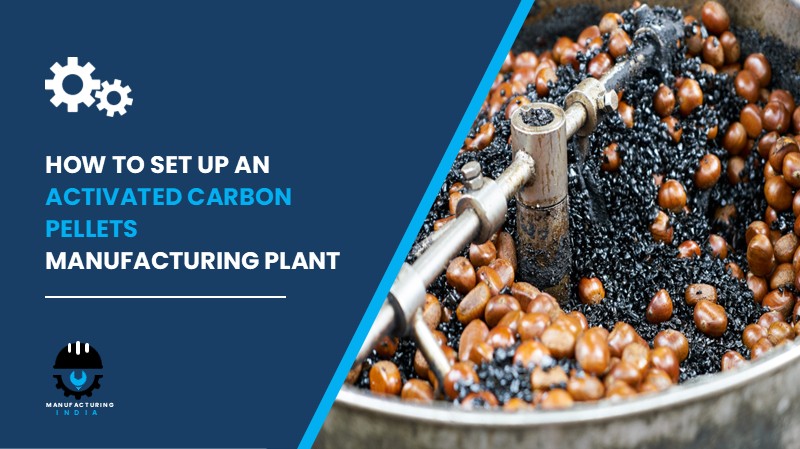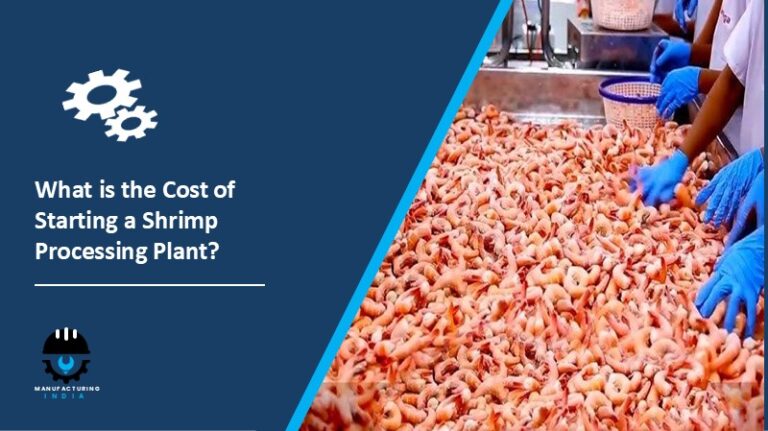
The global push for cleaner air, safer water and sustainable industrial processes is driving demand for high-performance filtration and adsorption solutions. Among these, activated carbon pellets stand out for their versatility and efficacy in removing contaminants from liquids and gases. This blog outlines how you can establish a manufacturing plant for activated carbon pellets—covering key steps, raw materials, machinery, investment considerations and profitability. The content is based on an in-depth project report by IMARC Group titled “Activated Carbon Pellets Manufacturing Plant Project Report 2025: Industry Trends, Plant Setup, Machinery, Raw Materials, Investment Opportunities, Cost and Revenue”.
What are Activated Carbon Pellets & Why the Opportunity?
Activated carbon pellets are cylindrical or granular forms of activated carbon — derived from carbon-rich feedstocks (such as coconut shells, wood, coal, peat) which undergo carbonisation and activation to create a highly porous structure with large surface area. Their key advantage: they can adsorb a wide range of impurities, volatile organic compounds (VOCs), gases, heavy metals and other contaminants from water, air or industrial streams. The market drivers are compelling: rising environmental regulations, increasing industrialisation, growing urban populations, and stronger awareness around water & air purity are boosting demand for activated carbon pellets globally.
Key Steps & Plant Setup Essentials
Setting up an activated carbon pellets manufacturing plant involves several inter-linked steps. Below are the major ones:
- Market & Feasibility Study
Before committing capital, conduct a market analysis. Understand the demand segments (water treatment, air filtration, food & beverage, pharmaceuticals), regional availability of raw materials, competitor landscape and price trends. The IMARC report emphasises the importance of segment-wise and region-wise break-up and feedstock pricing. - Selecting Location & Infrastructure
Choose a site with access to raw material feedstock (e.g., coconut shell, wood, coal) and good logistics for transportation and utilities (electricity, water, steam). The site must also comply with environmental regulations (emission controls, effluent treatment).
Layout planning should consider raw material storage, activation & pelletising units, quality control lab, packaging and finished goods warehouse. - Raw Material & Process Overview
Core raw materials include carbon-rich feedstocks such as coconut shells, wood, coal, peat, agricultural residues.
Process flow typically:- Carbonisation: Heating feedstock in absence of oxygen to convert to char.
- Activation: Using steam, gases or chemical activation to create the porous structure.
- Pelletising or extrusion: Forming the activated carbon into pellets/granules.
- Drying, sizing, quality control, packaging and storage.
Quality assurance is critical — to ensure pore size distribution, adsorption capacity, moisture content, ash content and strength meet specifications.
- Machinery & Utilities
Key equipment includes crushers (or hammer/roller), carbonisation kiln/furnace, activation chamber/furnace, drying machine, pelletising/extrusion equipment, screening/sieving, packing machines, dust collection & emission control systems.
Utilities: reliable electricity, steam or gas (for activation), water for washing/cleaning, air-emission control, ancillary services (laboratory, handling).
These define the major capital expenditure (CapEx). - Financials: Investment, Costs & Returns
Investment components: land & site development, construction, machinery & installation, working capital, pre-operative expenses. Operating costs (OpEx): raw materials, utilities, labor, maintenance, packaging, transport, quality/control, depreciation, taxes.
The IMARC report offers model projections for income, expenditure, net profit, pay-back period, NPV and IRR.
While exact numbers depend on capacity, location and feedstock costs, typical pay-back periods may range from 3-6 years, depending on scale and utilisation. - Regulatory Compliance & Certifications
Compliance with environmental laws (Air Act, Water Act, disposal of ash/effluent), factory licensing, fire/safety norms, possibly export certifications if selling overseas.
Additionally, certifications for quality of activated carbon (e.g., adsorption performance) increase market trust. - Marketing & Distribution
Activated carbon pellets find use in diverse segments: water filtration plants, air purifiers, industrial gas purification, food & beverage decolourization, pharmaceuticals. Identifying end-users, building supply contracts, and offering value (e.g., customised pellet grades) is key.
A strong distribution & service network (especially for technical support) adds advantage.
Why This Makes Sense — Key Advantages
- Wide application scope: The same pellets can be used for water purification, air adsorption, gas treatment, industrial processes — diversified demand.
- Growing regulatory pressure: Many countries are tightening norms for water & air quality, which drives demand for high-grade adsorbents.
- Feedstock opportunities: In many regions (especially agrarian ones), residues like coconut shells, nutshells, wood/chips are available at competitive cost — offering raw material leverage.
- Value-addition potential: You’re taking relatively low-value feedstock and converting into a technical, high-value product.
- Export orientation: If your quality meets international standards, export markets open up — improving margins.
Key Risks & Challenges to Consider
- Raw material supply risk: Consistent feedstock (and uniform quality) is critical. Price volatility or seasonal availability can affect margins.
- Energy & activation costs: Activation (steam/chemical) is energy-intensive; high utility costs may erode profitability if not managed.
- Environmental & emission control: Careful design needed for dust, effluent, and process emissions. Non-compliance may attract heavy penalties.
- Quality assurance: Activated carbon pellets must meet stringent purity/adsorption criteria. Low quality will limit market access.
- Competition and margin pressure: There are global players already; differentiation and cost control are essential for new entrants.
Why This Opportunity?
The IMARC report provides a complete roadmap for setting up a manufacturing plant: market trends, product overview, process flow, unit operations, raw material requirements, machinery list, utility needs, financial modelling and more. For an entrepreneur, this means you can shortcut many design and feasibility hurdles, minimise guesswork, and move faster with confidence.
If you’re looking to establish a manufacturing business with strong demand tailwinds, the activated carbon pellets segment presents a compelling opportunity. With the right site, feedstock sourcing, process design, quality control and market network, you can build a profitable, scalable manufacturing unit. Use the roadmap detailed above (and in the referenced report) to plan diligently, mitigate risks and capture the value-chain from feedstock to high-performance adsorbents.



